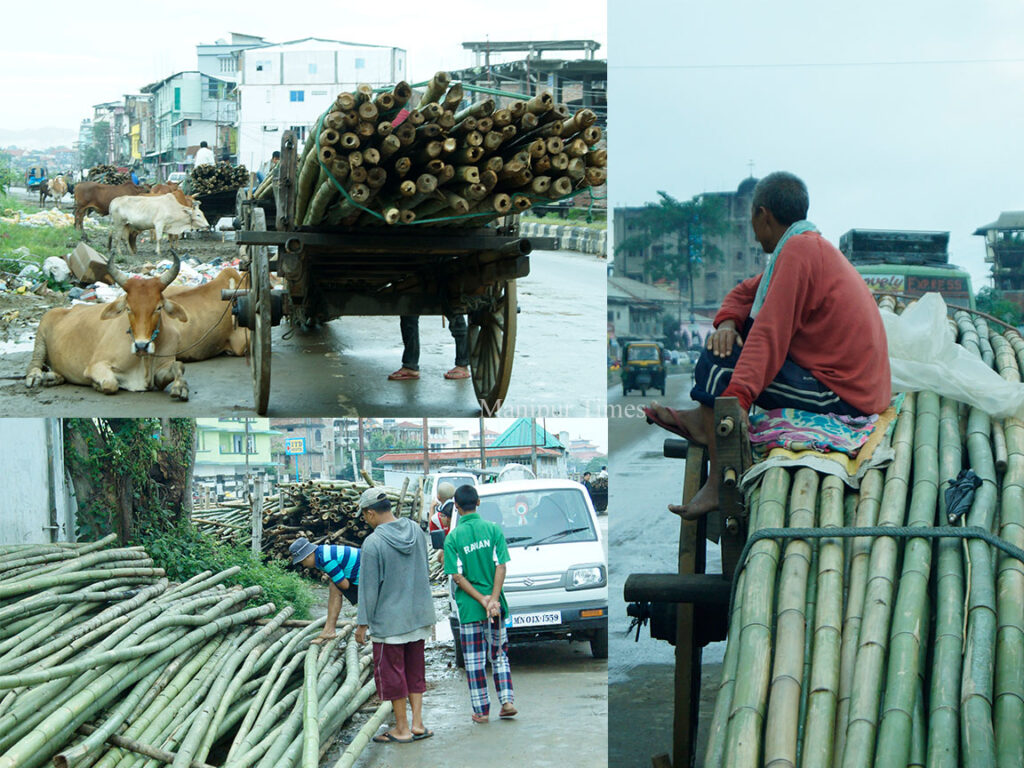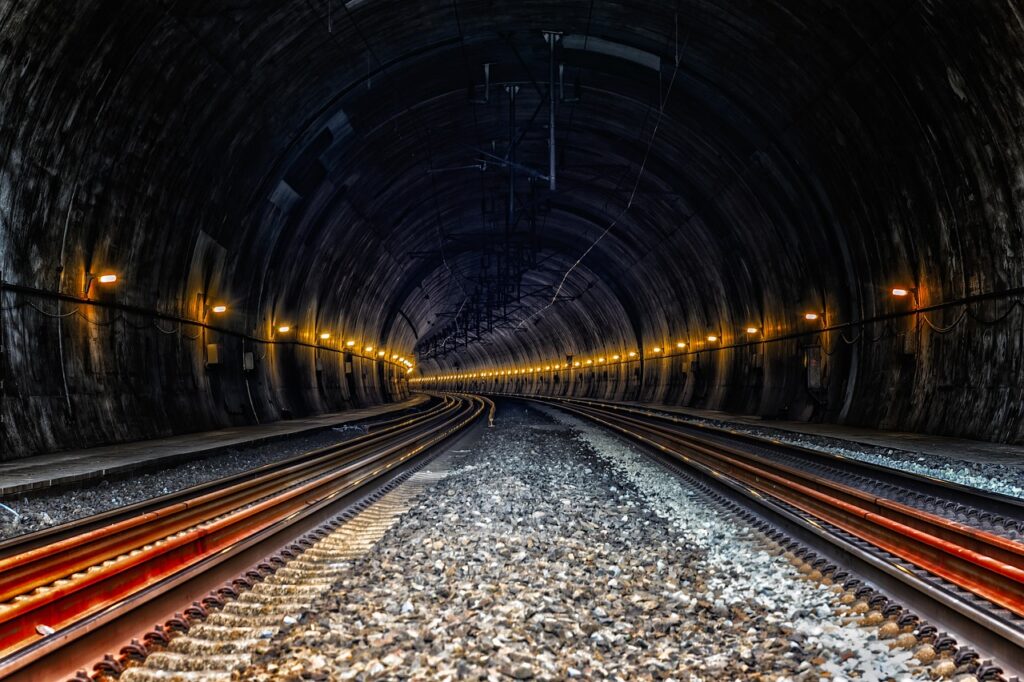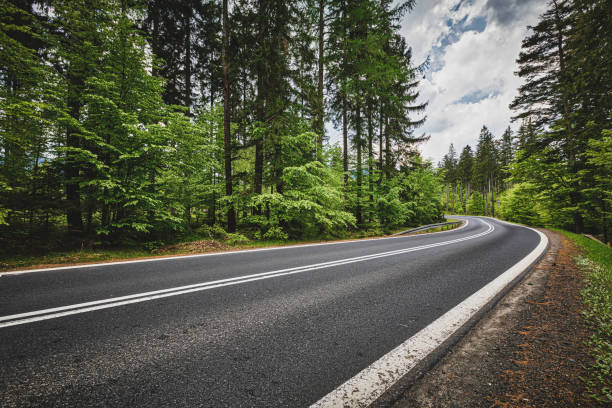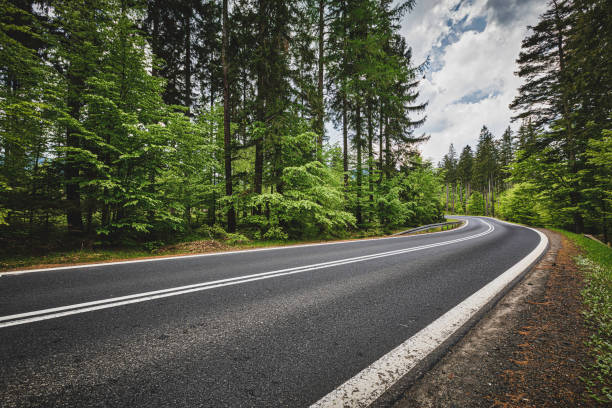India focuses on huge untapped potential of northeastern part
By James Khangenbam Imphal 14 March 2023
India is keenly focussing on developing the resourceful northeastern part of the country. Indian Prime Minister Narendra Modi gave the entire North East the form of Ashta Lakshmi and gave it development, connectivity, infrastructure
development.

Prime Minister Narendra Modi’s ‘Act East’ policy instead of ‘Look East’ policy has seen unprecedented changes in the Ashta Lakshmi states of the Northeast in the last nine years, wrote The Organiser.
The mantra of ‘Vocal for Local’ and ‘Local for Global’ has given pace to the development. For a long time, there has been a thinking in the country that if there is development in the border area, then the enemy will be benefited. Due to this negative thinking, connectivity could not improve in all the border areas of the country, including the North East. Now Prime Minister Narendra Modi has emphasised the development of HIRA, that is, Highway, Inland Waterway, Railway and Airway. This has bridged the heartland gap between the North Eastern states, the rest of India and Delhi, the article quoted.
Digital connectivity is creating new opportunities for the youth power of the North East. Compared to 2014, the optical fiber coverage in the North East has increased almost four times. In Meghalaya, this increase is more than five times. Thousands of mobile towers are being installed for mobile connectivity.
Northeast India is now not far from Delhi and from ‘dil’ (heart), Prime Minister Narendra Modi told Bharatiya Janata Party workers and leaders at the party headquarters after the saffron party’s stellar performances in the three northeastern states including Nagaland and Tripura.
Prime Minister Modi said his government was investing Rs seven lakh crore to develop the infrastructure in the northeastern region.
Addressing the golden jubilee celebration of the North East Council (NEC) at the Jawaharlal Nehru Stadium (Polo Ground) in Shillong, the Prime Minister said that the borders of the northeast were not the last areas but would be the security and development gateway with trade and commerce would be undertaken with the neighboring countries. He said that a vibrant border village would be created with all facilities and connectivity in the bordering areas, as was reported by the Business Standard.
The Prime Minister said that the northeast is India’s gateway to South -East Asia and can become a centre for development of the entire region and to realise this potential of the region, work was going on the projects like Indian-Myanmar Thailand trilateral highway and Agartala-Akhaura rail project.
Prime Minister highlighted that the government has gone beyond the conversion of the ‘Look East’ policy to ‘Act East’, and now its policy is ‘Act Fast for Northeast’ and ‘Act First for Northeast’.
Highlighting the success of peace initiatives in the region, he said that many peace agreements have been signed and a large number of insurgents join the mainstream of life, decades old inter-state boundary problems being resolved and there has been a marked reduction in instances of extremism, reported Business Standard.
Referring to the tourism potential of the region, he said that both culture and nature of the region are attracting tourists from across the world. Noting that in the last eight years, the number of airports in the region has jumped from 9 to 16, and the numbers of flights have increased from about 900 before 2014 to around 1,900 now, Modi said that work was now underway to connect all the state capitals of the region by railway networks.
Saying that the length of national highways has increased by 50 per cent since 2014 in the region, he said that with the launch of the PM-DevINE scheme, the infrastructure projects in the northeast have gained more momentum. He added
that the government was also working on improving digital connectivity in the Northeast by increasing the optical fibre network.













